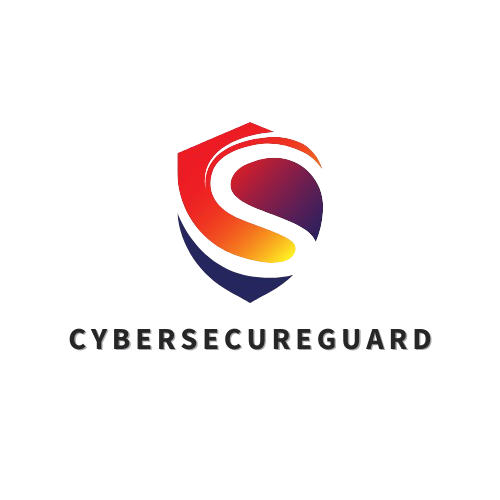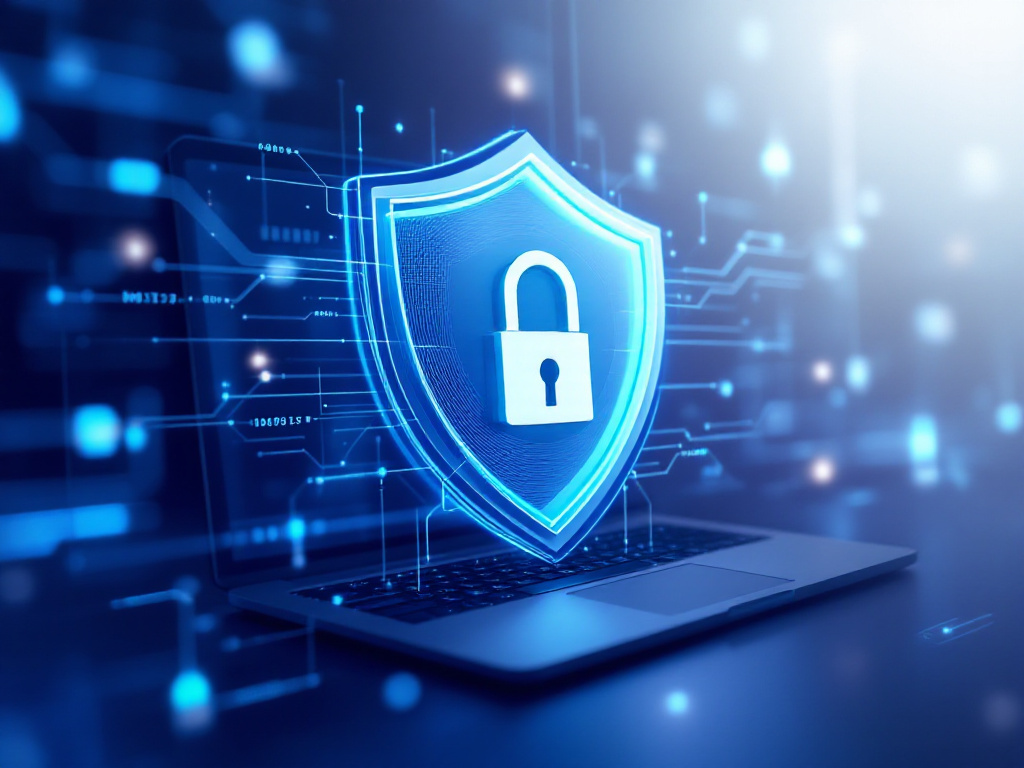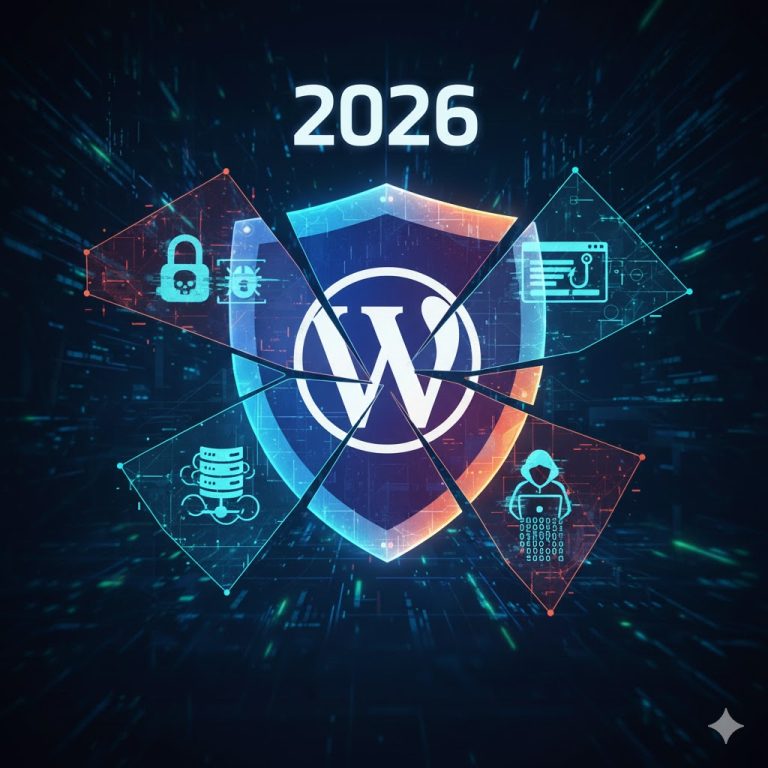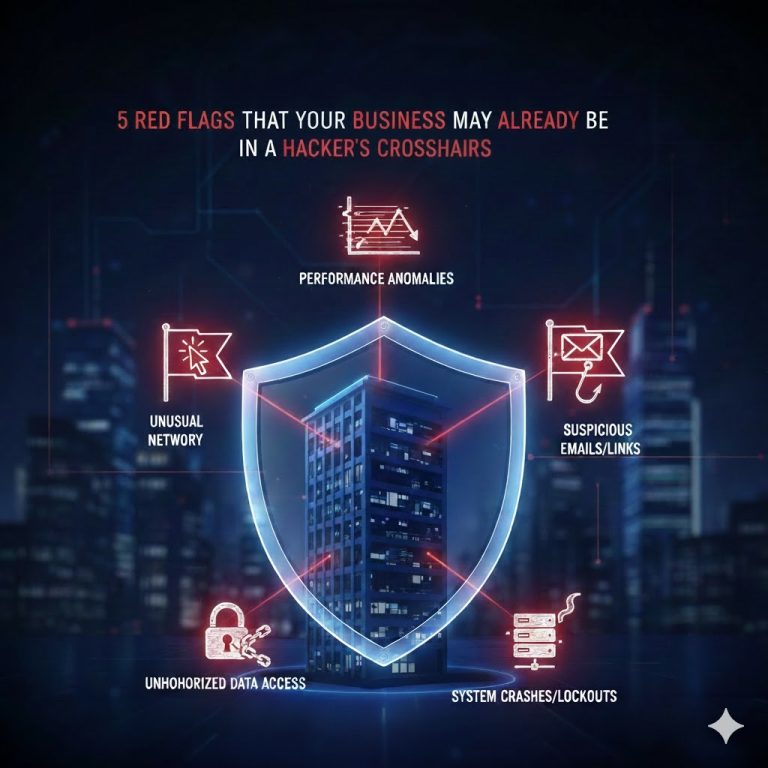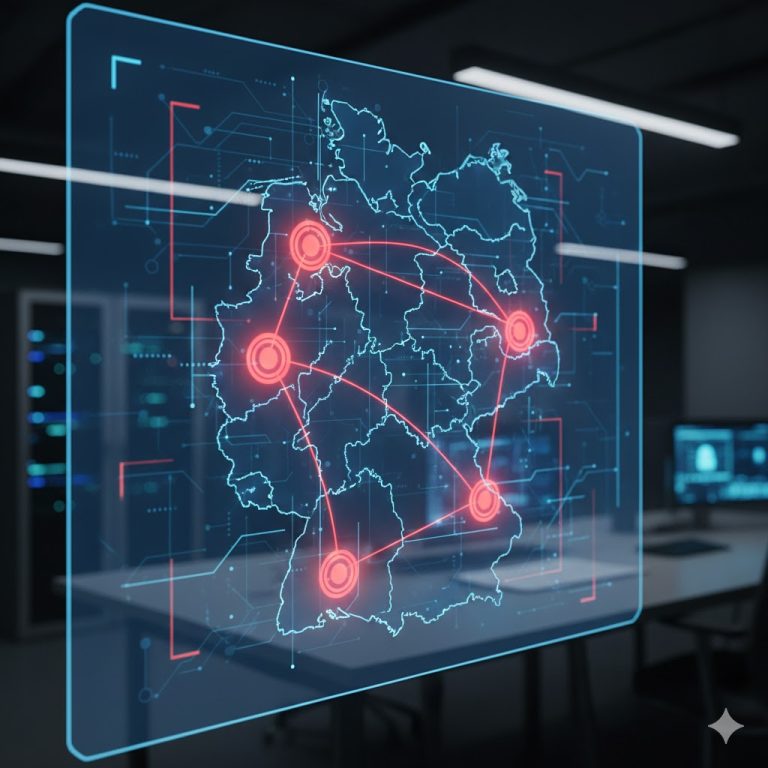For many small and medium-sized enterprises (SMEs), cybersecurity feels like something that only big corporations with massive IT budgets need to worry about. After all, you’ve installed antivirus software, your computers show a little green check mark, and everything seems secure – right?
The truth is far more unsettling. While antivirus software might stop a handful of known threats, it is not the silver bullet many businesses assume it to be. Cybercriminals have learned to outsmart traditional defenses, and ransomware has become one of their most powerful weapons.
Imagine this: you walk into your office on a ordinary morning ready to start the week, only to find that every single file – from invoices to client records – is locked. A chilling message appears on your screen demanding thousands of euros in cryptocurrency. Without paying, your data is gone forever. For a small business, this scenario is not just inconvenient – it can be catastrophic.
And here’s the shocking part: most ransomware attacks don’t even get stopped by antivirus. They slip through unnoticed, often disguised as routine emails or legitimate downloads, only to strike when you least expect it.
This article will uncover why antivirus software alone can’t shield your business from ransomware and what practical steps SMEs must take to truly defend themselves. Because when it comes to ransomware, relying on antivirus is like locking your front door but leaving the windows wide open.
Why Antivirus Alone Falls Short
When most business owners hear the word “cybersecurity,” the first thing that comes to mind is antivirus software. It has been marketed for decades as the essential shield against viruses, worms, and malicious files. While it still plays an important role, relying on antivirus alone to protect against ransomware is like bringing an umbrella to a hurricane – it helps a little, but it won’t stop the storm.
Here’s why:
1. Signature-Based Detection Is Outdated
Traditional antivirus programs rely heavily on signatures – digital fingerprints of known malware. If a file matches a known signature, the antivirus blocks it. The problem? Ransomware evolves daily. Cybercriminals create new strains, tweak old ones, and release variants designed to bypass signature detection. By the time your antivirus updates its database, the damage may already be done.
2. Polymorphic and Fileless Attacks
Modern ransomware is not static. With polymorphic malware, the code changes shape every time it spreads, making it nearly impossible for signature-based antivirus to recognize. Even more dangerous are fileless attacks, which don’t require a traditional malicious file at all – they exploit trusted system tools like PowerShell or macros in Office documents. To your antivirus, they look like normal activity until it’s too late.
3. Zero-Day Exploits
Hackers actively hunt for vulnerabilities in popular software (Windows, browsers, office suites). A zero-day exploit means they’ve discovered a weakness before the software vendor – and certainly before your antivirus – has a patch or detection rule. This gives attackers a golden window of opportunity.
4. The Human Element
The weakest link in security is almost always the human factor. Phishing emails, fake invoices, and cleverly disguised links are designed to trick employees into clicking. Once that happens, ransomware is inside your network – and no antivirus in the world can undo that single click.
5. Delayed Reaction Time
Even when antivirus does detect ransomware, it often reacts too late. By the time the alert is triggered, files may already be encrypted. Modern ransomware works fast – sometimes locking down entire systems in just a few minutes.
👉 The bottom line: Antivirus can stop known and simple threats, but ransomware is smarter, faster, and constantly changing. Treating antivirus as your only defense leaves your business exposed to the very real possibility of total shutdown.
The Real Cost of Ransomware for SMEs
When people hear the word ransomware, they often think only of encrypted files and a ransom note on their screen. But for small and medium-sized enterprises (SMEs), the true cost goes far beyond a locked hard drive. A ransomware incident can ripple through every aspect of a business, threatening not only its finances but also its survival.
1. Downtime – Every Minute Counts
For large corporations, downtime is painful but often manageable. For SMEs, it’s existential. Imagine not being able to access your customer database, invoices, or scheduling system for days or even weeks. Employees sit idle, orders can’t be fulfilled, customer support lines are overwhelmed – and revenue grinds to a halt. According to industry reports, the average downtime after a ransomware attack is 21 days. For a small business, that’s three weeks of lost productivity and income.
2. Financial Losses – More Than Just the Ransom
While the ransom payment itself can be devastating (ranging from tens of thousands to millions of euros), the true financial damage often comes from the side effects:
-
Emergency IT services and forensic investigations.
-
Costs of rebuilding IT infrastructure and restoring backups.
-
Overtime for staff or hiring temporary replacements.
-
Lost sales during the outage.
In fact, studies show that the average total cost of a ransomware attack is often 10–20 times higher than the ransom demand itself.
3. Reputation Damage – Trust Once Lost Is Hard to Regain
Clients expect SMEs to protect their data just as well as big corporations. When sensitive information is exposed or systems fail, customer confidence quickly erodes. Negative press, bad online reviews, and word-of-mouth can destroy years of reputation-building. In industries like healthcare, finance, or legal services, the loss of trust can permanently drive clients to competitors.
4. Legal and Regulatory Risks
Ransomware doesn’t just lock files – it often steals data before encrypting it. That means customer names, addresses, or financial details may be in the hands of criminals. Under regulations like GDPR, businesses must report breaches quickly and face fines of up to 20 million euros or 4% of annual global turnover for failing to protect personal data. For an SME, even a fraction of that penalty can be crippling.
5. The Survival Rate – A Grim Statistic
Perhaps the most shocking fact: according to recent studies, over 60% of SMEs shut down within six months of a major cyberattack. Unlike large corporations, they often lack the financial reserves, insurance coverage, or dedicated IT teams to bounce back. What starts as a single click on a malicious link can snowball into layoffs, bankruptcy, and the permanent closure of a business.
👉 The reality is clear: ransomware is not just an IT problem. For SMEs, it’s a business continuity problem, a financial survival problem, and in many cases, a life-or-death decision for the company itself.
What SMEs Actually Need for Ransomware Protection
Antivirus is only the first brick in the wall of defense. To truly protect against ransomware, SMEs must adopt a multi-layered security strategy – because no single tool or measure is strong enough on its own. The goal is to create overlapping defenses, so that if one layer fails, others are there to stop the attack in its tracks.
Here’s what that strategy should look like:
1. Endpoint Detection & Response (EDR)
Unlike traditional antivirus, which only recognizes known threats, EDR continuously monitors how systems behave. If a program suddenly starts encrypting hundreds of files, EDR notices the suspicious behavior and can isolate the infected machine before ransomware spreads across the network. This proactive defense is crucial for SMEs, where one compromised computer can take down the entire office.
2. Regular Backups – Your Lifeline
Backups are often the only way to fully recover from a ransomware attack without paying criminals. But not just any backup will do:
-
Keep backups encrypted and offline (not just on the same server or cloud drive).
-
Test them regularly to ensure they can be restored quickly.
-
Store copies in multiple locations, ideally including one completely disconnected from your network.
For SMEs, a disciplined backup routine can be the difference between a temporary inconvenience and permanent business closure.
3. Patch Management – Closing the Doors
Cybercriminals often exploit unpatched software vulnerabilities. SMEs should establish a routine of regular updates for operating systems, business applications, and even hardware firmware. Where possible, enable automatic patching. This closes the doors before attackers can slip through, reducing the risk of zero-day exploits.
4. Email Security & Awareness Training
Over 90% of ransomware attacks start with a phishing email. Technology can filter many malicious emails, but human vigilance is just as important. SMEs should:
-
Use advanced spam filters and email security gateways.
-
Conduct regular security awareness training for employees.
-
Teach staff to recognize suspicious links, attachments, and urgent “fake boss” requests.
Remember: your people are both your greatest vulnerability and your greatest defense.
5. Zero Trust Security – Trust No One by Default
In the past, networks were built on the idea that everything inside the company perimeter could be trusted. Today, that’s no longer safe. A Zero Trust approach means:
-
Users and devices must constantly verify their identity.
-
Access to data is granted on a need-to-know basis.
-
Even if attackers breach one account, they can’t move freely through the network.
For SMEs, Zero Trust can be implemented step by step, starting with multi-factor authentication (MFA) and restricted admin rights.
👉 The bottom line: True ransomware protection requires layers of defense. Antivirus has its place, but without EDR, backups, patching, training, and a Zero Trust mindset, SMEs remain dangerously exposed.
The Shocking Truth SMEs Must Face
Here it is, plain and simple: Antivirus software alone is not enough.
This is the uncomfortable reality many small and medium-sized enterprises (SMEs) prefer not to face. Cybercriminals know exactly where the weaknesses are – and SMEs, with their limited IT budgets and smaller security teams, are often easier targets than large corporations. In fact, attackers actively scan for vulnerable systems and poorly protected networks, because they know the chance of success is higher.
By relying solely on antivirus, SMEs are essentially leaving their digital doors wide open. It’s like installing a lock on the front door of your office while leaving the windows unlatched, the back door wide open, and the alarm system switched off. Criminals don’t need to be brilliant – they only need to find that one gap.
But here’s the good news: ransomware is not unbeatable. With the right approach, SMEs can turn the tables. By investing in a multi-layered defense strategy, keeping regular offline backups, and making employees part of the security culture through awareness training, small businesses can drastically reduce their risk.
And there’s more: strong cybersecurity can actually become a competitive advantage. Customers, partners, and investors increasingly want to work with companies they can trust. An SME that can confidently demonstrate secure practices and compliance is more attractive in today’s marketplace than a competitor that simply hopes “nothing bad will happen.”
👉 The shocking truth is that antivirus is only a fraction of the solution. But the empowering truth is this: with the right mindset and tools, SMEs don’t have to be easy prey – they can become resilient, trustworthy, and future-proof.
Conclusion: Is Antivirus Enough to Protect SMEs from Ransomware?
The answer is clear: no, antivirus alone is not enough to protect SMEs from ransomware. While it remains a useful tool, it cannot keep pace with the sophistication of today’s cybercriminals. For small and medium-sized businesses, relying solely on antivirus is a dangerous misconception – one that can lead to devastating downtime, financial loss, and even business closure.
The shocking truth is that SMEs are prime targets because attackers know their defenses are often weaker. But the empowering truth is this: with a multi-layered strategy – including EDR solutions, regular offline backups, patch management, employee awareness training, and a Zero Trust mindset – SMEs can not only survive but thrive in today’s digital landscape.
Cybersecurity is no longer a “nice-to-have.” It’s a business-critical investment that protects your data, your customers, and ultimately your future. The companies that act now will not only reduce their ransomware risk but also build a reputation for trust and resilience.
👉 Don’t wait until ransomware knocks on your door. Strengthen your defenses today and make cybersecurity your competitive advantage.
Follow me on Facebook or Tumblr to stay up to date. Connect with me on LinkedIn Take a look at my services And for even more valuable tips, sign up for my newsletter
Please also read
All computers locked – what to do in the event of a ransomware attack?
Will your company still need antivirus software in 2025 – or is it just expensive snake oil?
Why Virus Protection Alone Is Rarely Enough – and Why Knowledge Is the Key
